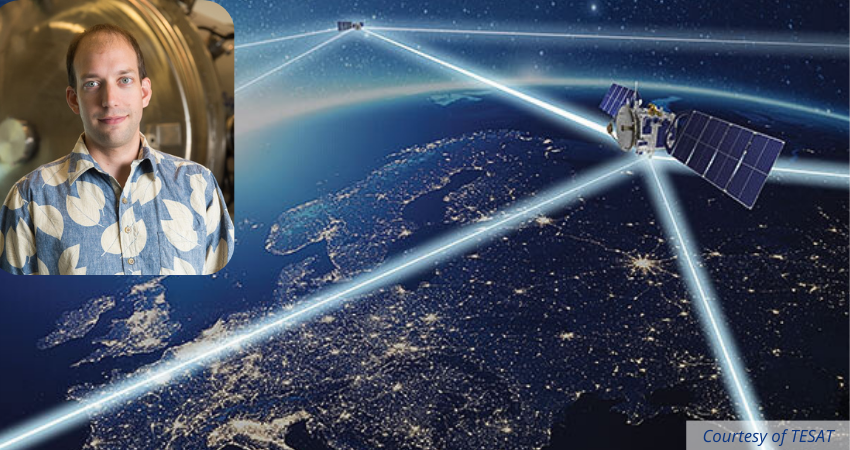ALPAO is proud to have Australian National University among its references. In November 2023, Francis Benett gave us an interview. He answered some questions about Adaptive Optics technology for free space optical communications and his feedback on ALPAO’s products.
Can you introduce your organization?
The Australian National University is a research-intensive university devoting a large proportion of its funding, time, and people to research. The area I’m in, the Research School of Astronomy and Astrophysics and the Advanced Instrumentation Technology Center both focus on optical instrumentation for astronomy, including adaptive optics. My particular research group does satellite optical communications and quantum optical communications over free space. And so we use those adaptive optics techniques that we’ve developed in astronomy for those applications.
In which context do you use adaptive optics and deformable mirrors?
We’ve used the ALPAO mirrors for satellite imaging, optical communications, and quantum communications. For example, on a one or two-meter telescope, we have reached the diffraction limit for imaging and tracking satellites. We’ve done designs and built systems for astronomy as well.
How long have you been working with our products?
I’ve been looking at your products for 12 years, and I think the first one that we received was maybe 2014 or 2015.
What advantages do you see in our deformable mirrors, in our technology?
We like the deterministic nature of the control system. Having a control electronics box with a dedicated PCI card is very useful for us with Linux support. The large stroke and the safety of not having the actuators connected physically to the face shape, because of other technologies you can physically damage them if you exceed the intellectual limit. And we also appreciate the ability to have those safety features.
Would you recommend ALPAO?
Yes. And I do it all the time.
What perspectives do you see for adaptive optics in FSO?
Definitely in the high-performance applications. This would be high-speed optical communications but also supporting areas where you otherwise can’t do it without adaptive optics. Astronomers get to go to the best sites in the world. But if you want to put an optical communication terminal in the desert, that’s not very good. So you’re likely to need adaptive optics. And for some quantum communication applications. That’s a more challenging one to describe. But for some applications, particularly ones that are higher performance, you will need adaptive optics. So anywhere where you need good control over the phase or the shape of the communications beam.
Biography
Associate Professor Francis Bennet is a researcher of optical instrumentation at the Australian National University. He has expertise in Adaptive Optics for astronomical instrumentation, space situational awareness, and laser communication, with a focus on taking world leading ANU quantum communications experiments from the lab to space. Assoc. Prof. Bennet is an expert in adaptive optics for novel applications including optical and quantum communication. Assoc. Prof. Bennet is leading the ACT Node of an Australian optical communication network, as well as development of a satellite to test quantum communication between space and the ground.
More details

